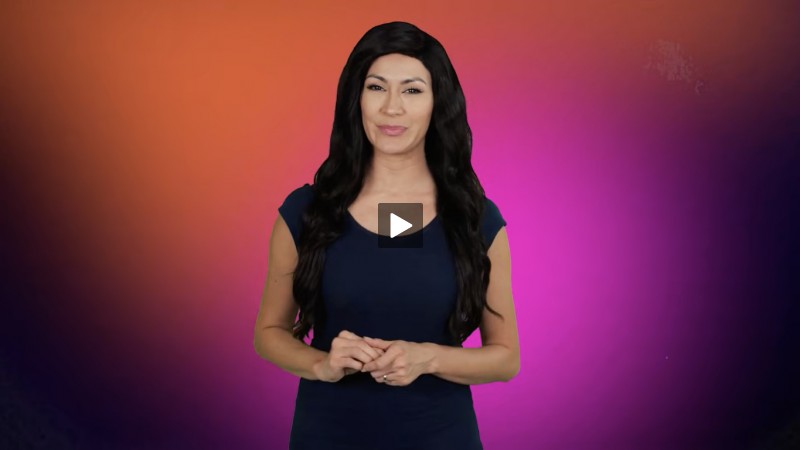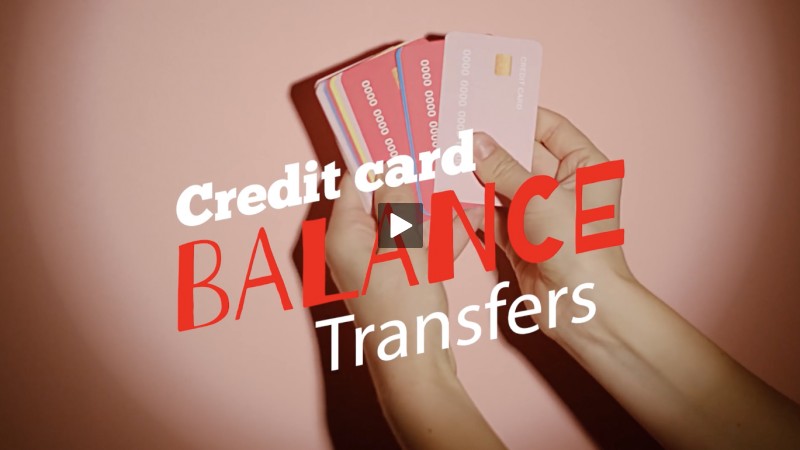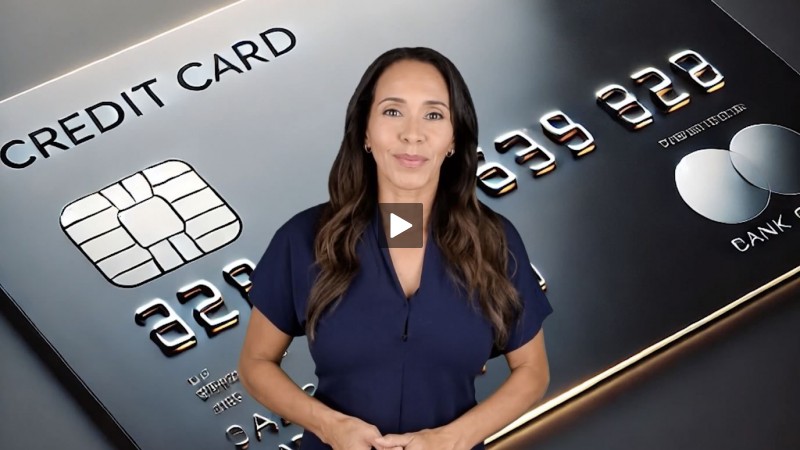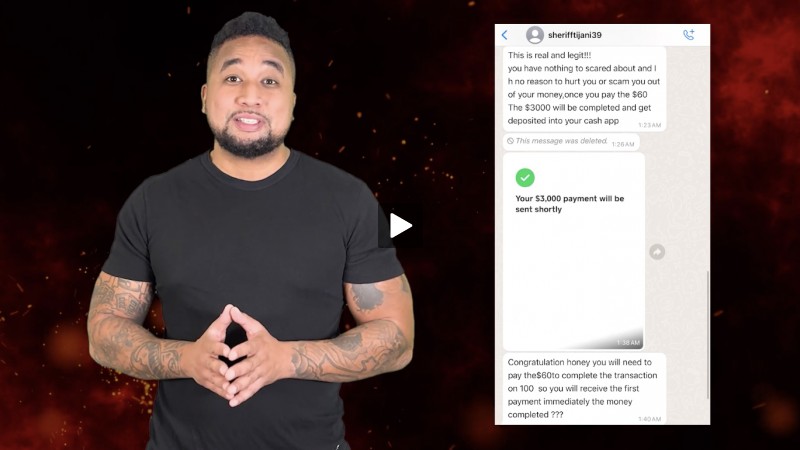Options for Managing Your Student Loans
- Detalles
- Escrito por Remar Sutton
- Categoría: Articles

Whether you're just starting to repay your loans, you've been paying off your student loans for a while, or you're a parent paying off student loans, this report looks at the options you have for managing repayment of your loans.
If you or a family member have student loans to repay now or in the future, it's never to early to consider what options work best for your financial well-being.
According to FinAid.org, the average student loan debt for a new graduate is over $25,000.
Your repayment options can vary depending upon the types of the loans—federal or private—you have, the amount you owe, and your financial situation. Consolidation of your loans isn't your only option.
Managing Your Federal Student Loans
You have a federal loan if you have any of the following:
- a Federal Direct Subsidized Loan
- a Federal Direct Unsubsidized Loan
- a Federal Perkins Loan
- a FFEL (Federal Family Education Loan) Stafford Loan (subsidized and unsubsidized) (not available after July 1, 2010)
- a Direct Stafford Loan (subsidized and unsubsidized) (not available after July 1, 2010)
- a FFEL PLUS Loan
- a Direct PLUS Loan
You must start repaying your federal student loan after you graduate, leave school, or drop below half-time enrollment. You have a grace period before you must begin repayment. The grace period is six months for a FFEL or Direct Stafford Loan and nine months for a Federal Perkins Loan. Parents with FFEL or Direct PLUS Loans usually have to begin repayment with 60 days after the loan is fully paid out (the recipient has received the full loan amount).
-
Federal Perkins Loans are administered by colleges and universities; each institution makes its own loan offers and disbursements. If you have a Federal Perkins loan, you repay the loan with monthly payments to the school that loaned you the money.
-
Direct loans—Stafford or PLUS—were borrowed directly from the U.S. Department of Education and repaid to them. FFEL loans—Stafford and PLUS—are borrowed from private lenders and are guaranteed by the federal government. Repayment is made to the private lender. For all of these loans, depending on the amount you owe, you may take between 10 and 25 years to repay the loan.
Direct and FFEL Stafford and PLUS loans (but not Perkins loans) offer the following repayment options:
-
Standard Repayment Plan - a fixed monthly payment for a loan term of up to 10 years. The minimum monthly payment is $50. The loan term is determined by the amount of the loan (i.e., the higher the loan amount, the longer the term).
-
Graduated Repayment Plan - a minimum monthly payment at least equal to the amount of interest accrued monthly for a loan term of up to 10 years. The payments start out low and then increase every two years.
-
Extended Repayment Plan - a fixed or graduated monthly payment for a loan term of up to 25 years. The minimum monthly payment is $50. This repayment option is only available if your loan balance is over $30,000.
-
Income-Based Repayment Plan (IBR) - monthly payments are based on your income and family size and is never more than the 10-year standard repayment amount. Payment amount is adjusted each year based on changes to your annual income and family size. The loan term is 25 years. This repayment plan is not available for PLUS Loans made to parents, Consolidation Loans that include PLUS Loans made to parents, and private education loans.
-
Pay As You Earn Repayment Plan - monthly payments are based on your income and family size and is never more than the 10-year standard repayment amount. Payment amount is adjusted each year based on changes to your annual income and family size. The loan term is 20 years. This repayment plan is only available for Direct Subsidized loans, Direct Unsubsidized loans, Direct PLUS loans made to graduate or professional students and Direct Consolidation loans without underlying PLUS loans made to parents.
-
Income-Contingent Repayment Plan- monthly payments are based on the borrower's yearly income, family size, and loan amount. The monthly payment amount is adjusted annually. After 25 years, any remaining balance on the loan will be forgiven, and taxes may have to be paid on the amount forgiven. This repayment plan is available for Direct Subsidized Loans, Direct Unsubsidized Loans, Direct PLUS Loans made to graduate or professional students, and Direct Consolidation Loans (except Direct PLUS Consolidation Loans).
-
Income-Sensitive Repayment Plan - monthly payments are based on a percentage of gross monthly income. The loan term is 10 years. This repayment plan is available for FFEL Stafford, FFEL PLUS Loans and FFEL Consolidation Loans. The specific terms of the repayment plan vary by lender.
You can switch to another payment plan at any time. There is no penalty for prepaying a Federal Loan and paying it off early.
-
Loan Payment Incentives
If you pay your loan by automatic debit each month, some lenders will reduce the interest rate on the loan. Other incentives offered may include a reduction in interest rates after a specific period of on-time payments, reduction in principal, or rebate of loan fees.
Deferment and Forbearance
There are certain situations in which loan repayment can be postponed. A deferment is a period of time in which loan payments are not required and interest does not accrue on Direct Subsidized Loans, Subsidized Federal Stafford Loans, and Federal Perkins Loans. Interest does accrue for unsubsidized Stafford Loans. Common deferment conditions include enrollment in school at least half-time, inability to find employment (for up to three years), and economic hardship (for up to three years).
If you don't qualify for a deferment, your lender might grant forbearance. During forbearance, the lender allows you to temporarily reduce or postpone your loan payments. During forbearance, interest payments continue to accrue even on subsidized loans. Forbearances can be granted for periods of up to 12 months.
You must apply for a deferment or forbearance.
Loan Consolidation
If you have multiple federal student loans, they can be combined into one loan: a Direct Consolidation Loan. The interest rate is a fixed rate for the life of the loan and will never exceed 8.25%. It is based on the weighted average of the interest rates on all of the loans you consolidate, rounded up to the nearest one-eighth of one percent.
-
Potential benefits of consolidating:
- Single monthly payment for federal loans. Replacing multiple monthly payments with one monthly payment can simplify repayment and budgeting.
- Access to other repayment plans. With the higher balance of the consolidation loan you may be able to qualify for a longer repayment term for the total debt, even if some of the original loans had shorter terms.
- For a Direct Consolidation loan, there is no minimum amount required to consolidate and consolidation is free.
- If you no longer have deferment or forbearance options on your current student loans, consolidation may provide renewed deferment or forbearance options.
- You can consolidate with any lender that offers education loans.
-
Drawbacks of consolidating:
- Students cannot consolidate loans while still in school. (Parents can consolidate at any time after the loans have been fully paid out.)
- Consolidating can increase the total cost of your loans. A longer repayment term will typically cost you more in interest.
- If you include a Federal Perkins loan in the consolidation, you might lose some of the benefits associated with the program. Perkins loans have additional cancellation benefits such as performing public service that are lost when consolidated. Also, interest does not accrue when a Perkins loan is placed in deferment, but interest does accrue in a consolidation loan when placed in deferment.
- You may lose or have to pay back certain payment incentives.
- You can consolidate your loans only once unless you are adding more loans to the consolidation.
Make sure to do your homework before consolidating your loans.
These publications give you more information about repaying your federal student loans:
- Repay Your Loans from Federal Student Aid on the Web
- StudentLoans.gov from Federal Student Aid
- Direct Consolidation Loan from Federal Student Aid
Managing Your Private Student Loans
Private Education (Student) loans are also known as Alternative Education Loans. These loans are offered by private lenders and are not part of the federal education loan program.
Private student loans typically have variable interest rates and loan terms of up to 20 years, some offer 30 years. The interest rates, fees you pay, and loan limits are based on your credit score (and your co-signer if you have one). The loan term is usually determined by the total amount of debt.
Almost any lender that offers private student loans also offers consolidation loans. If you have multiple private student loans and if you shop wisely for a consolidation loan, consolidating them into a single monthly payment may result in:
- a lower interest rate, if your credit score has improved considerably since you first got the loan.
- a lower monthly payment by replacing your current loans with a longer term loan.
Before you consolidate your private student loans, however, remember that replacing your current term loans with a longer term consolidated loan will cost you more interest. Some private consolidation loans also have prepayment penalties and may charge various other fees. Private loans may also have a minimum balance for consolidating; $7,500 is typical. For these reasons, it's important to shop carefully for a consolidation loan for private student loans and to compare terms among several potential lenders.
For more information about private student loans and private student loan consolidation, visit the FinAid site.
A Final Benefit of Managing Your Student Loans Wisely
Getting the education young adults need to launch a successful career today typically means that many graduates will have a sizable debt that must begin to be repaid while they are working to establish an independent life and/or start a new family. The good news is that by considering all options and managing that debt wisely, young people just starting out can also work to build good credit. Of course, mismanaging that debt could wreck credit. So if you or a family member have student loans to repay now or in the future, it's never to early to consider what options work best for your financial well-being.


































